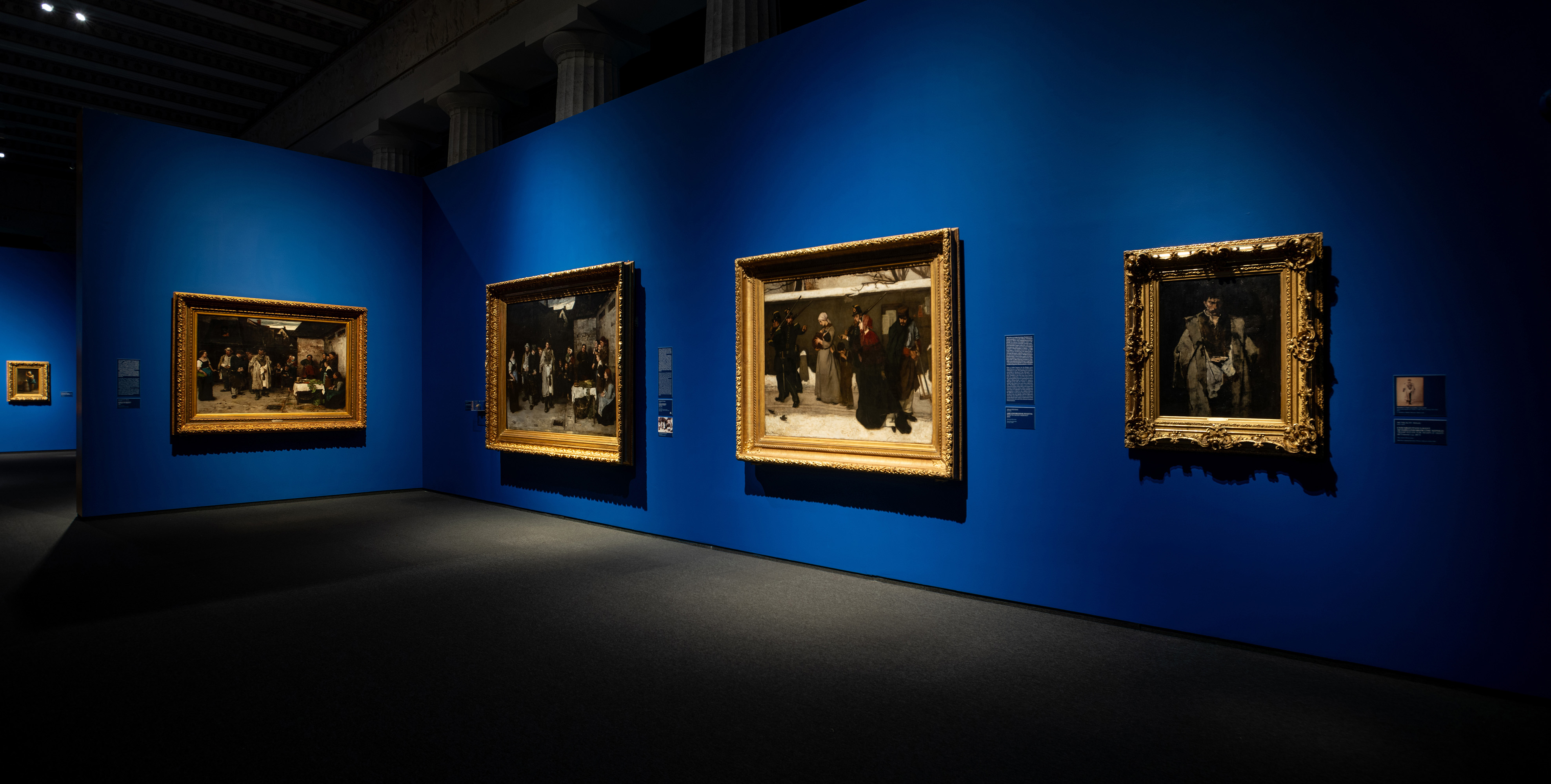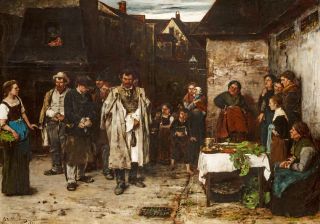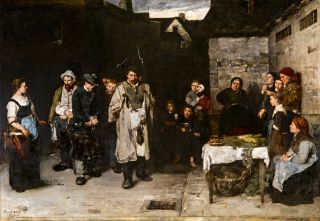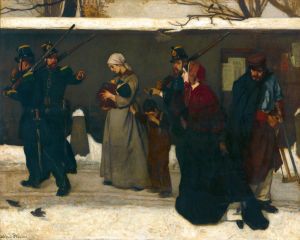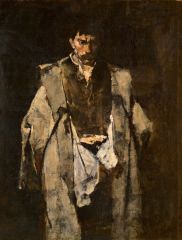DÜSSELDORF, 1869: An English-speaking gentleman unexpectedly turns up at Munkácsy's studio, ready to pay an exorbitant price for the painting he is working on, illustrating the final farewell of a Hungarian bandit awaiting execution.
PARIS, 1870: The painting The Condemned Cell, by an unknown young Hungarian artist – Mihály Munkácsy – is awarded a gold medal by the jury of the Paris Salon, the most prestigious international exhibition venue of its day.
The distinction launched Munkácsy as an officially recognised artist. The Condemned Cell made history, setting in motion the greatest legend in nineteenth-century Hungarian art history. A legend that combined wealth and fame, the concept of the national artist, and a mythical international career. Seeing paintings by the two apostles of French realism, Gustave Courbet and Jean-François Millet, at the 1867 Paris World Exposition was a decisive moment for Munkácsy.
It had a huge impact on the important realist works he produced in the following decade. Encouraged by his initial successes, Munkácsy moved to France in the winter of 1871–1872. He regularly took part in exhibitions at the Paris Salon, winning over both the critics and the public. The Condemned Cell and The Pawnbroker's Shop, as well as Tramps at Night – for which he was awarded a medal in 1874 – belonged to what was an extremely popular international trend: the realist genre painting, the starting point of modern art. Parisian audiences adored depictions of what were to them unfamiliar and thus exotic cultures, including portrayals of Hungarian themes and costumes. The artist took as his subjects those living on the margins of society. Munkácsy drew consciously on the recent representational tradition of French realist art, and his success was based in part on his judicious choice of highly popular genre subjects.
 Munkácsy
Munkácsy
